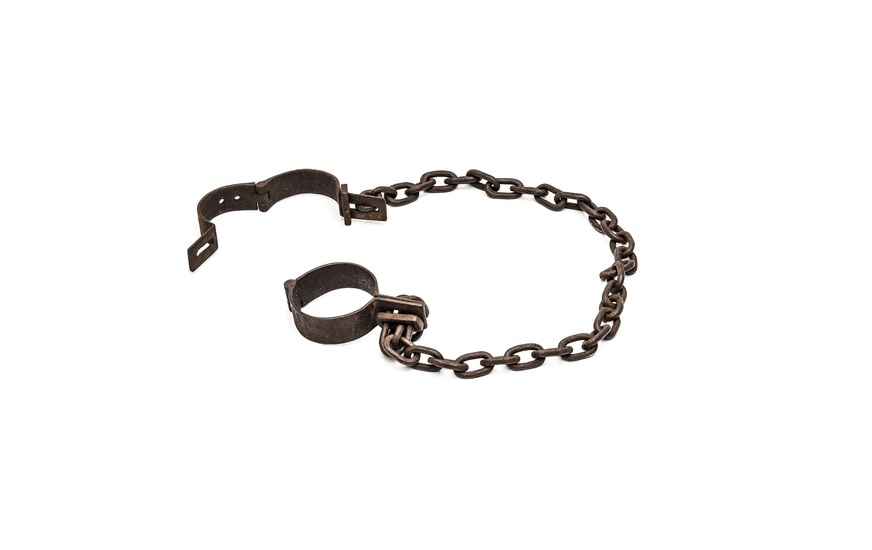
 Liverpool has been a bustling international port since the Elizabethan era. At present, the city is the sixth largest port in the UK in terms of volume of freight that passes through. A few centuries ago, Liverpool was one of the busiest ports in the world; however, the city’s success came at a price. Much of the trade done through Liverpool was associated with the trade in human slaves. Although this was a dark time in the history of Liverpool, it is important not to forget the city’s involvement in this industry.
Liverpool has been a bustling international port since the Elizabethan era. At present, the city is the sixth largest port in the UK in terms of volume of freight that passes through. A few centuries ago, Liverpool was one of the busiest ports in the world; however, the city’s success came at a price. Much of the trade done through Liverpool was associated with the trade in human slaves. Although this was a dark time in the history of Liverpool, it is important not to forget the city’s involvement in this industry.
Before the slave trade started in Liverpool, the city had already established itself as a transatlantic port. The first ships arrived from across the Atlantic in 1648, and after this the fortunes of the city grew rapidly. Within a few years, Liverpool had become a bustling metropolis. Cargos of tobacco and sugar came in from North America and the West Indies, whilst cloth, coal and salt were sent back from the North of England.
The Growth of the Slave Trade
The first recorded slaving ship to leave Liverpool was the Liverpool Merchant, which left port on 3rd October 1699 bound for Africa. The ship subsequently travelled to Barbados carrying around 220 people who were to be sold as slaves.
The following month, another ship set sail for the Gold Coast (now known as Ghana). Over the ensuing years, Liverpool’s involvement in the slave trade grew slowly but solidly. By 1730, there were about 15 slave ships per year leaving Liverpool. Local businessmen understood that the slave trade could earn them a lot of money, whilst involving little outlay on their parts.
By 1770, 100 slave ships per year were coming through Liverpool. Although numbers went into decline slightly during the American War of Independence, they rose to a peak of around 130 per year in the latter part of the eighteenth century. These high numbers continued until the slave trade was formally abolished.
During the slaving era, tens of thousands of slaves were transported through the docks at Liverpool. Around 1.5 million people were moved across the Atlantic by ships that originated from the city. It is estimated that about three-quarters of all European slave ships (or 40% of the world’s slave trade) were passing through Liverpool by the end of the eighteenth century. Almost all of those who were being transported were subjected to inhumane and barbaric conditions.
Many of the most influential people in the city at the time were involved in the slave trade and the trade helped Liverpool to become the United Kingdom’s second financial centre. During this time period, a large number of political representatives from the city were able to further their own personal fortunes by advocating the trade. For example, town mayor Thomas Golightly (1772-73) was involved in the slave trade. The city’s MPs regularly spoke out in Parliament in support of the continuation of slavery.
On the other hand, abolitionists did have some presence in the city. Leading anti-slavery campaigner William Roscoe regularly produced pamphlets containing poems, stories and information against the slave trade. Roscoe helped to bring about the abolition of the slave trade whilst representing Liverpool in parliament. As part of his ideology, Roscoe believed that slave owners should be given some form of compensation for their loss, believing that offering financial compensation would make the idea more palatable to many of the merchants involved. Nonetheless, Roscoe was attacked by a mob of slave traders when he entered the city the day after the formal abolition of the slave trade.
Abolition of the Slave Trade
The Slave Trade Act 1807 made the trade of slaves illegal anywhere in the British Empire. Although the act abolished the trade in slaves, it did not make slavery itself illegal. This loophole allowed some continued slave movement through Liverpool after 1807, however this was mainly conducted by rogue traders.
Liverpool’s part in the slave trade helped to shape the ethnic make-up of the city. At the beginning of the nineteenth century, there were around 10,000 people of African descent living in the city and some of their descendents still live here today. This is the oldest black community in the United Kingdom. This community helped to have a real cultural impact on the city.

Leave a Reply